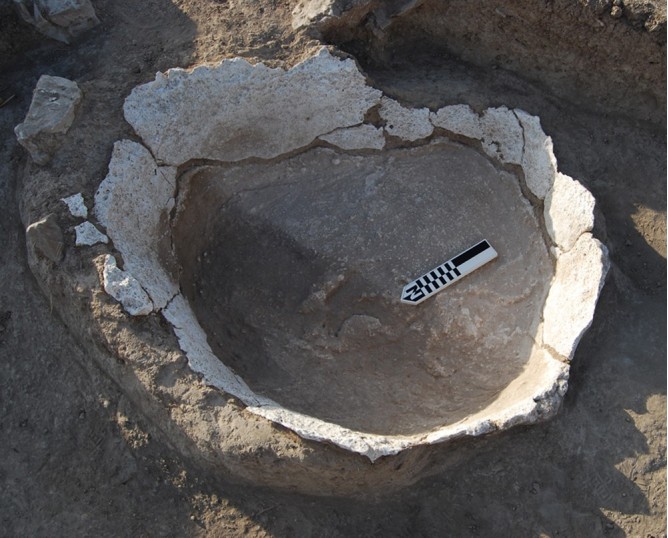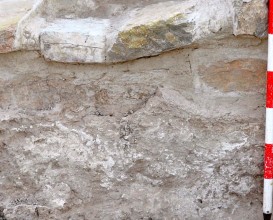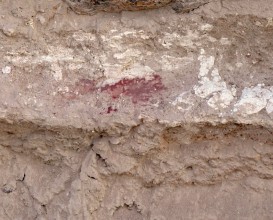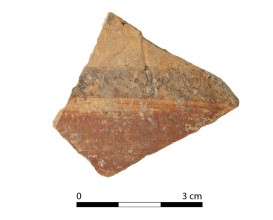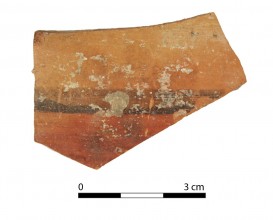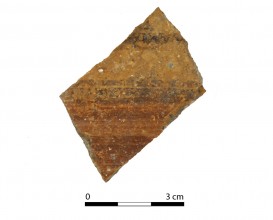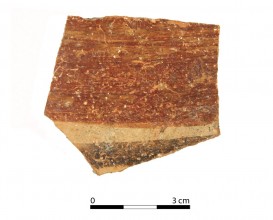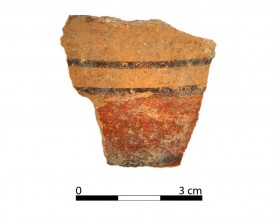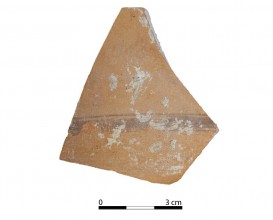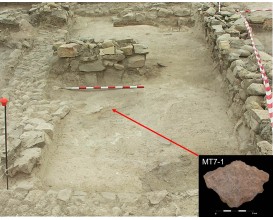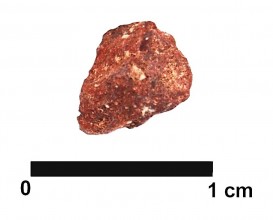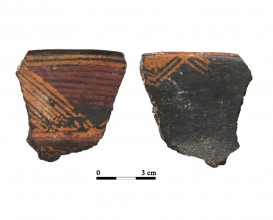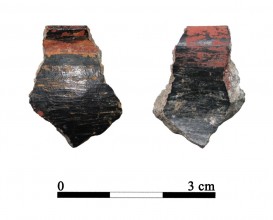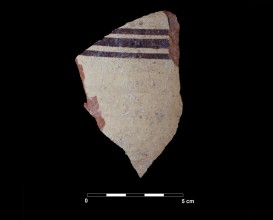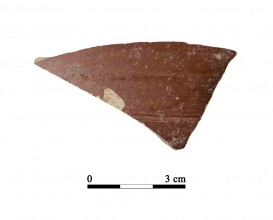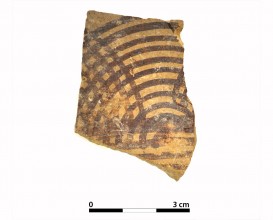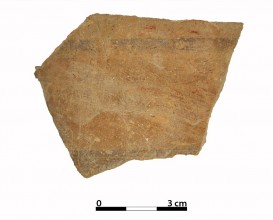Small oval-shaped structure 2151-1. Oppidum Puente Tablas
Dimensions
: 60 Centimeters
: 40 Centimeters
: 30 Centimeters
Materials
Storage structure
Temporal
: Iberians, Iberian
: 3rd ct. BC
Spatial
: Oppidum de Puente Tablas
: Jaén, Spain
: WGS84
Copyrights
Creative Commons - Attribution, Non-Commercial, No Derivatives (BY-NC-ND)
References
Ruiz A. y M. Molinos (coord.) (2015): Jaén, tierra ibera. 40 años de investigación y transferencia. Universidad de Jaén.
Digital Resources
-

Creative Commons - Attribution, Non-Commercial, No Derivatives (BY-NC-ND)
Arquiberlab
http://creativecommons.org/licenses/by-nc-nd/3.0/ -

Creative Commons - Attribution, Non-Commercial, No Derivatives (BY-NC-ND)
Arquiberlab
http://creativecommons.org/licenses/by-nc-nd/3.0/ -

Creative Commons - Attribution, Non-Commercial, No Derivatives (BY-NC-ND)
Arquiberlab
http://creativecommons.org/licenses/by-nc-nd/3.0/ -
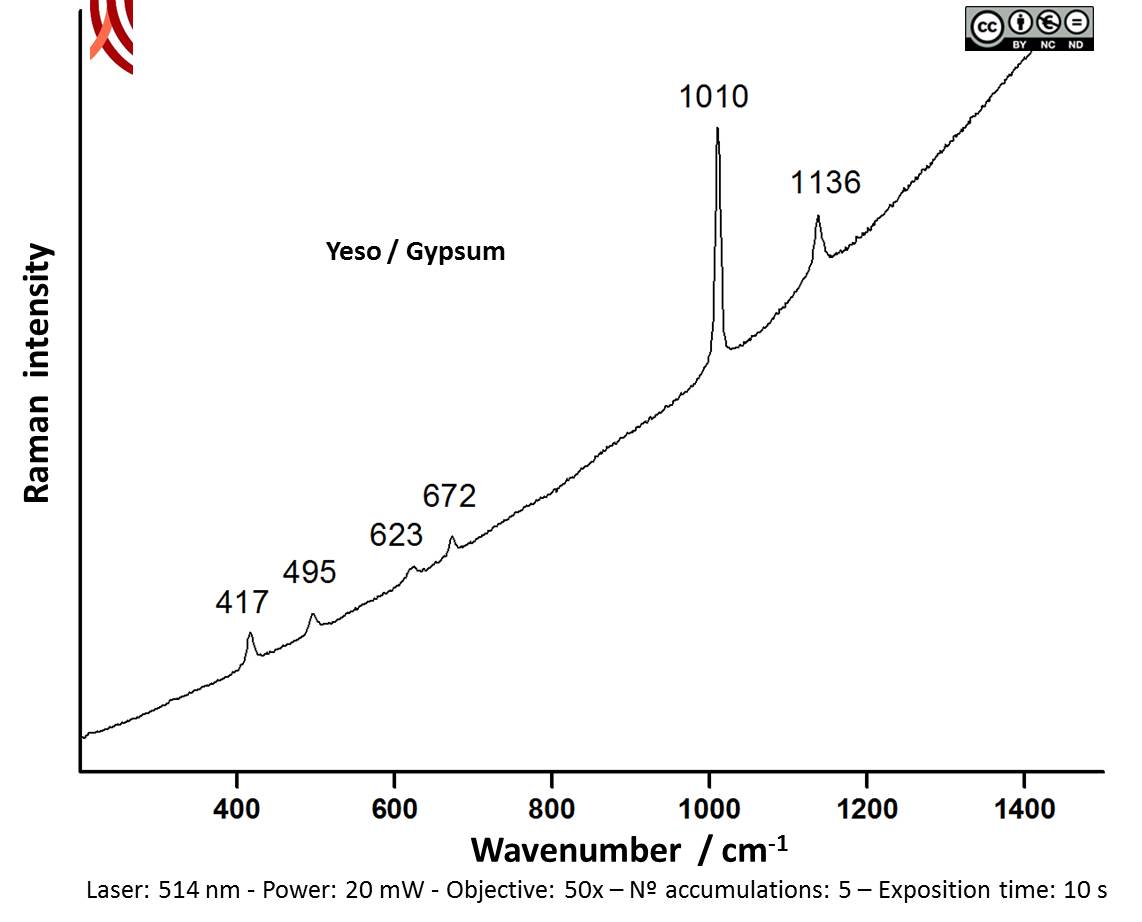
Creative Commons - Attribution, Non-Commercial, No Derivatives (BY-NC-ND)
Arquiberlab
http://creativecommons.org/licenses/by-nc-nd/3.0/ -
Creative Commons - Attribution, Non-Commercial, No Derivatives (BY-NC-ND)
Arquiberlab
http://creativecommons.org/licenses/by-nc-nd/3.0/ -

Creative Commons - Attribution, Non-Commercial, No Derivatives (BY-NC-ND)
Arquiberlab
http://creativecommons.org/licenses/by-nc-nd/3.0/
Activities
Archaeometric analysis Physical-chemical analysis Oval-shaped structure. Composition
| |
Raman Microscopy Mineral analysis Non destructive. Surface cleaning. Sample pretreatment is not required. Direct measurement Micro-Raman Spectroscopy (MRS) Renishaw ‘in via’ Reflex Spectrometer coupled with a confocal Leica DM LM microscope (CICT, University of Jaén), equipped with a diode laser (785 nm, 300 mW), and a Peltier-cooled CCD detector, calibrated to the 520.5 cm-1 line of silicon. | |
Raman Microscopy Elemental analysis Recommended sample quantity is 0.1 g. The sample is mixed with wax (as binder) and boric acid. This mixture is processed in the form of pellet (10 mm diameter) with the aid of a hand press and placed in an isolated chamber where a vacuum (%3C10 Pa) is made. Wavelength Dispersive X-ray Fluorescence (WDXRF) AXIOS Panalytical wavelength dispersive X-ray fluorescence (WD-XRF) spectrometer owned by the Center for Innovation and Technological Research in the University of Seville (CITIUS) (Figure 12). The main features of the device include: Rh anode (4.4 kW maximum power), 3 collimators (150 μm, 300 μm and 700 μm), 6 analyzer crystals (LIF200, LIF 220, PX-10, Ge111, PE002, PX-1) that allow qualitative and quantitative chemical analysis of elements from O to U in a wide range of concentrations (from main components to traces), a flow detector (for Z%3C29 elements) and a scintillation detector (for Z>29 elements). |

